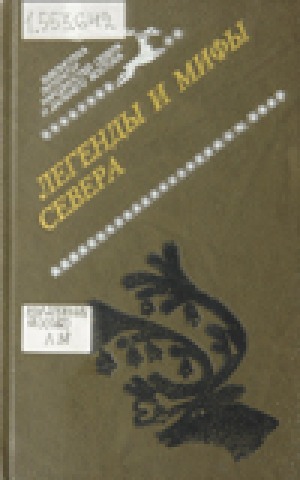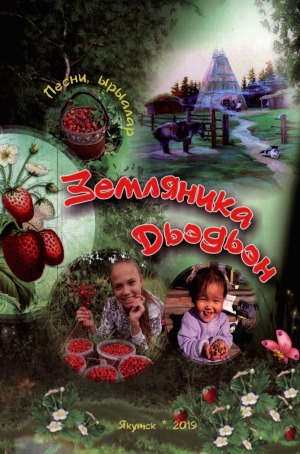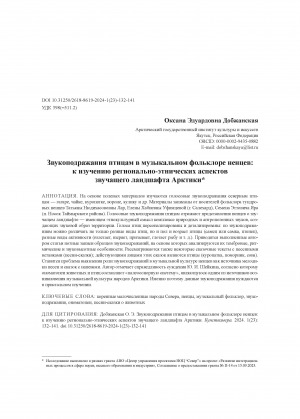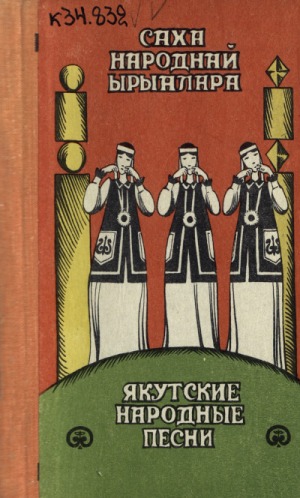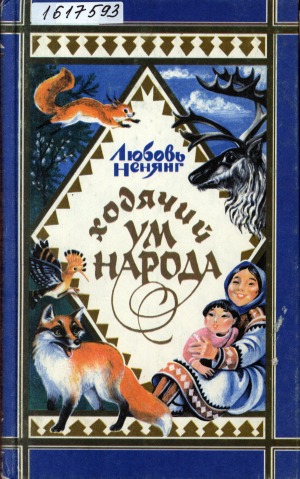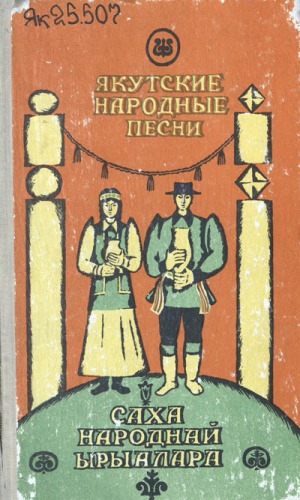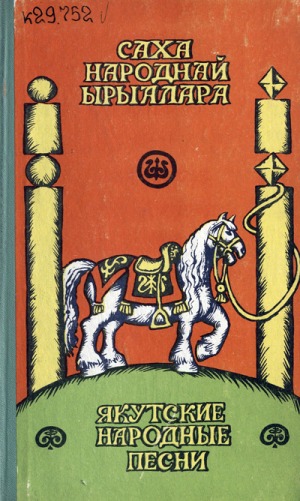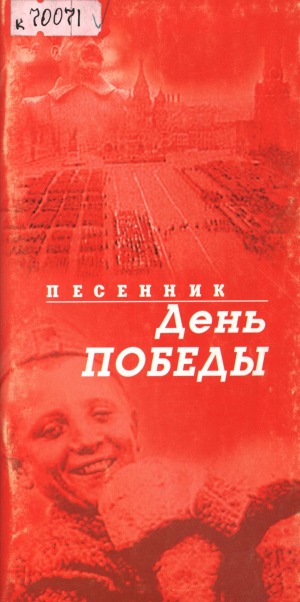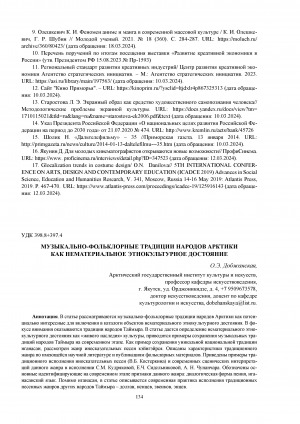
Музыкально-фольклорные традиции народов Арктики как нематериальное этнокультурное достояние = Musical folklore traditions of arctic peoples as intangible ethno-cultural heritage
Статья в журнале
Русский
398(=1.98)
таймырские ненцы ; звукоподражания ; песни животных; повествовательные песни о животных; музыкальный фольклор
The article examines the musical and folklore traditions of the peoples of the Arctic as potentiallyinteresting for including in catalogs of objects of Intangible ethno-cultural heritage. The focus of attention is on thetraditions of the peoples of Taimyr. The article defines the intangible ethno-cultural heritage as a "living heritage" ofculture, provides examples of preserving the musical traditions of the peoples of Taimyr at the present stage. As anexample of preserving the unique national tradition of Nganasan, the genre of allegorical songs of kaingairsia is considered. The article described main characteristics of the traditional genre according to the available scientific literature and publications of folklore materials. Examples of the traditional performance of allegorical songs byV.B. Kosterkina and modern stage interpretations of this genre performed by S.M. Kudryakova, E.C. Sidelnikova,A. N. Chunanchar are given. The main identifying features of this genre at the present stage are outlined: the dialogicalform of singing, the Nganasan language. In addition to Nganasan, the article describes the modern practice of performing traditional song genres of other peoples of Taimyr – Dolgan, Nenets, Evenks, Enets. The article presents thefollowing practical recommendations for the preservation of vocal genres and authentic timbre features of oral folkart: the need to study and preserve traditional methods of vocal pedagogy; the organization of special studios of traditional singing of small peoples in cultural and educational institutions, in which traditional singers-tutors are involved in teaching; providing these studios with a source and methodological base for teaching youth singing in thelanguages of small peoples; creating a friendly multicultural environment for the development of this type of oral folkart. The problem of preserving the musical and folklore traditions of the peoples of the Arctic is not limited to theneed to preserve song genres. In order to preserve the traditions of ritual music, it is necessary that the rituals themselves be preserved (in particular, the Dolgans circular dance can be fully preserved in the context of the calendar riteof the Meeting of the Sun). The preservation of epic traditions is directly related to the preservation of the languageand the traditional environment. In the modern period, characterized by the critical state of national languages, epictraditions are preserved only by individual informants – representatives of the older generation. However, authoritiesin the cultural sphere should make some efforts to preserve the unique epic heritage.
Добжанская, Оксана Эдуардовна.
Музыкально-фольклорные традиции народов Арктики как нематериальное этнокультурное достояние = Musical folklore traditions of arctic peoples as intangible ethno-cultural heritage / О. Э. Добжанская ; Арктический государственный институт культуры и искусств // Дальневосточные пропилеи : материалы международной научной конференции, Дальневосточный федеральный университет, 16-18 апреля 2024 г. : к 25-летию искусствоведческого образования на Дальнем Востоке / [редакционная коллегия: Г. В. Алексеева, Г. У. Лукина, В. С. Никифорова и др. ; рецензенты: Л. Е. Фетисова, Г. Г. Ермак]. - Владивосток : Дальневосточный федеральный университет, 2024. - 1 файл (442 с.).
Войдите в систему, чтобы открыть документ


